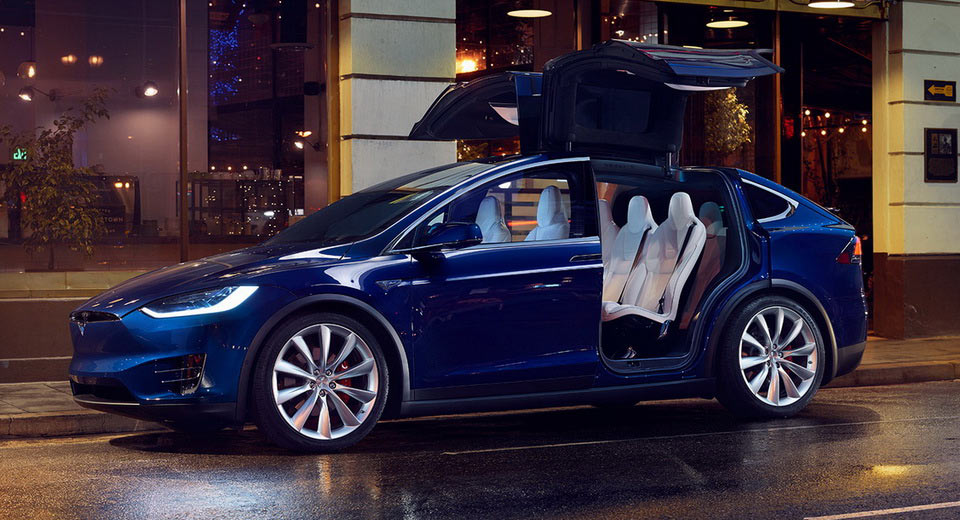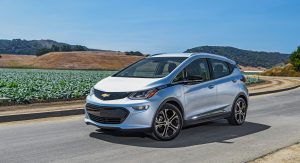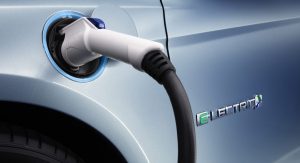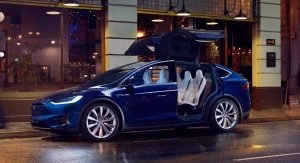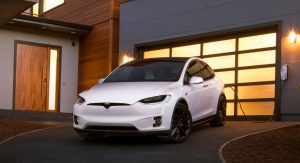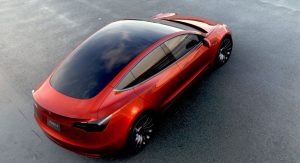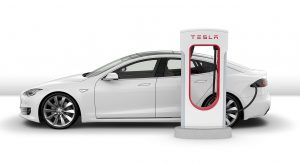Electrification is the new trend in the automotive industry, but even though all major manufacturers are into it, electric vehicles have a long way to go before they become popular.
Yes, Tesla had people lining up to place orders for its Model 3, which won’t hit the market until late 2017, but so far this year it has posted a net loss of $550 million.
As The Wall Street Journal points out, the industry has to deal with two problems. The first is that, simply put, electric vehicles are too expensive at the moment. According to Kelley Blue Book, November’s average transaction price for EVs was $39,104, which is pretty close to the $40,806 for an entry-level luxury car and higher than the $34,948 industry average. Low gas prices have also played a role in a great number of US buyers going for SUVs and crossovers, which are a booming segment at the moment.
Moreover, EVs are currently depending on tax credits to lower their actual price, but the $7,500 federal incentive only applies to the first 200,000 vehicles sold by each manufacturer, and with Donald Trump ready to become the next President even this is not certain anymore.
The second problem is their limited range, as 200 miles or so, depending on driving style and conditions, simply does not compare to any petrol- or diesel-powered vehicle. Sure, you can charge a Tesla’s battery to 50% in one of its superchargers in 20 minutes, but a. that’s way longer than a visit to a gas station, and b. there are only 350 superchargers in the whole county, and a few thousand charging points overall, compared to around 100,000 gas stations.
Bottom line: until the industry figures out how to make them less pricey, give them a longer range and put up the necessary infrastructure, EVs are not going to take off.



